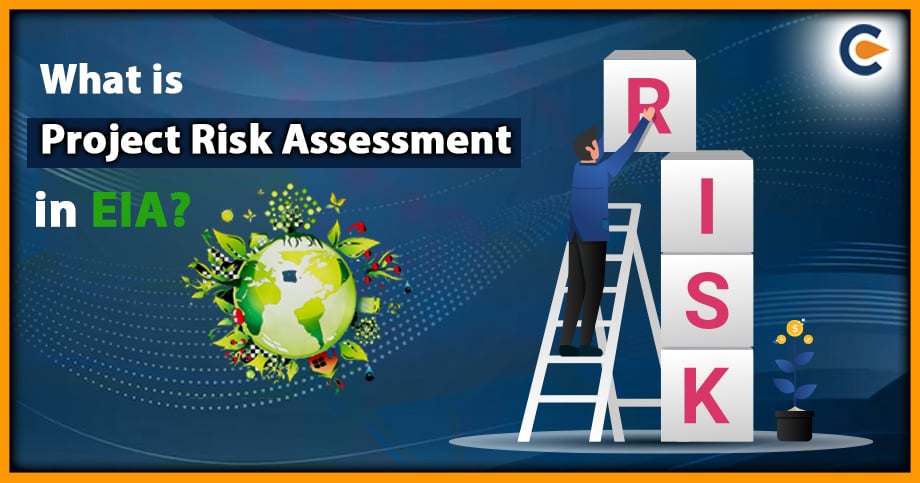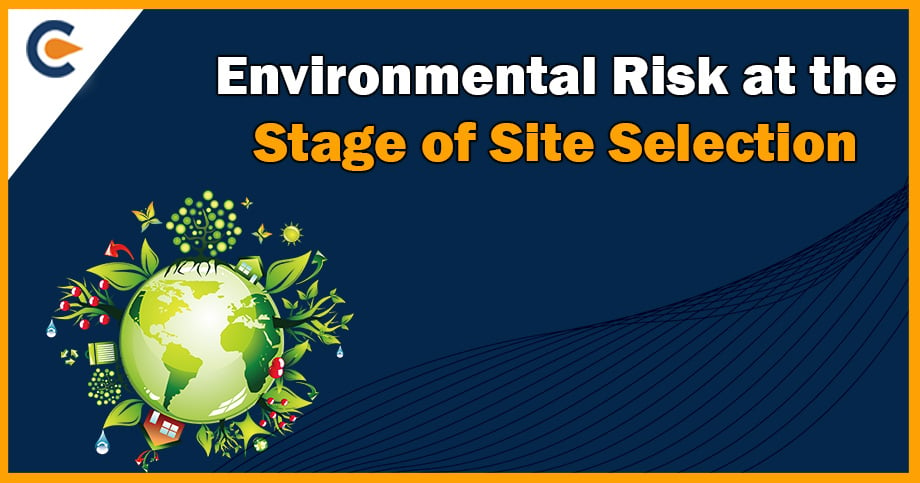Risk management or project risk assessment involves anticipating potential risks that may arise over time, enabling us to prepare for them using limited resources. This approach involves identifying, analysing, responding to, and monitoring project risks. The process of PRA is conducted in the early stages of the project using a pre-defined methodology, tools, and techniques to maximise the likelihood of positive outcomes and minimise the probability and impact of adverse events. The goal is to address risks within the context of the overall project objectives of cost, time, scope, and quality.
Need for Project Risk Assessment
Risk assessment is a step in the risk management process that involves evaluating the probability and value of risks in relation to a specific situation and recognised threat. The project risk management plan outlines the risk management process. The risk assessment meeting helps the project team identify, categorise, prioritise, and mitigate or avoid risks in advance. Risk assessment is not solely the responsibility of the project manager and should include the following participants:
- Project Manager: Chairs and facilitates the meeting.
- Project Team: Assigned roles of recorder and timekeeper by the project manager.
- Key Stakeholders: Bring value in identifying project risks and developing mitigation and avoidance strategies.
- Subject Matter Experts: Provide specialised knowledge related to certain project activities.
- Project Sponsor: May participate depending on the project’s size and scope.
Methodology in Project Risk Assessment
The risk assessment study typically involves several fundamental steps, which can be categorised as follows:
- Risk Identification: This step involves identifying and documenting potential risks that the project may face.
- Risk Analysis: Here, the probability and potential impact of each risk are determined through a thorough analysis.
- Risk Evaluation: The magnitude of each risk is assessed, and a decision is made regarding which risks require treatment.
- Risk Treatment: The highest-ranked risk is treated by developing a plan that includes mitigation strategies, preventive measures, and contingency plans.
- Risk Monitoring: Throughout the project’s life cycle, risks are continuously monitored and reviewed to ensure that the project remains on track and any potential risks are addressed promptly and effectively.
Documents Required For Project Risk Assessment
Documents that are needed project risk assessment includes
- Environmental Impact Assessment (EIA) report: This report provides information on the potential environmental impact of the project and identifies potential risks and mitigation measures.
- Project details: This document outlines the essential details of the project, including the scope, objectives, timeline, budget, stakeholders, and any relevant regulations and standards.
- Stakeholder analysis: This document identifies and analyses the various stakeholders involved in the project, including their interests, concerns, and potential impact on its success.
- Risk management plan: This plan outlines the approach and methodology for conducting the risk assessment, including the roles and responsibilities of the project team and stakeholders.
- Financial analysis: This document assesses the economic impact of potential risks and the costs associated with risk mitigation and contingency planning.
- Contingency plan: This document outlines the steps to be taken if a potential risk becomes a reality, it includes emergency response procedures and backup plans.
- Communication plan: This plan outlines how risks and risk management strategies will be communicated internally and externally to stakeholders.
Regulations Governing Project Risk Assessment
The assessment of project risk must be done in accordance to the following regulations
- The Companies Act 2013: Mandates companies to assess and mitigate risks associated with their operations, including projects.
- Securities and Exchange Board of India (SEBI) regulations: SEBI requires companies to disclose risks associated with their projects in their annual reports and other filings.
- The National Disaster Management Act, 2005[1]: This act requires companies to undertake risk assessment and mitigation measures to prevent or minimise the impact of disasters.
- The Environmental Impact Assessment (EIA) Notification, 2006: This notification requires project proponents to undertake an environmental impact assessment to identify and mitigate potential environmental risks associated with their projects.
- MoEFCC guidelines on risk assessment and management of chemical accidents: Provide a framework for assessing and managing risks associated with chemical accidents.
Uncertainties in the Project Risk Assessment Process
The risks that need to be identified are specific to each project. The reason for the possibility of risk is uncertainties. Probable sources of uncertainty that might lead to risk can be broadly categorised as follows:
- Poor estimates of time and cost
- Lack of precise project requirements
- Ambiguous guidelines about managerial processes
- Lack of knowledge about the number and types of factors influencing the project
- Lack of knowledge about the interdependencies among activities in the project
- Unknown events within the project environment
- Variability in project design and logistics
- Project scope changes
- Varying direction of objectives and priorities
A detailed project risk assessment study can help the project engineer overcome these causes of risk that may arise during the project life cycle.
Conclusion
Project risk assessment can help the project proponent and the EIA consultants identify potential risks and uncertainties associated with a project at the initial stages of project development. By evaluating developing appropriate mitigation strategies, project managers can minimise the impact of unforeseen events and ensure the successful completion of the project. Risk identification also helps in the monitoring stage to manage risks throughout the project lifecycle. Adhering to relevant regulations and guidelines, such as those in India, can ensure that project risk assessment is conducted systematically and effectively. Investing time and resources in risk assessment can help project proponent and organisation save costs, improve project outcomes, and mitigate potential losses or negative impacts.
Read Our Article: Environmental Risk At The Stage Of Site Selection










